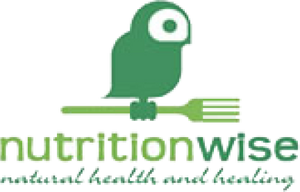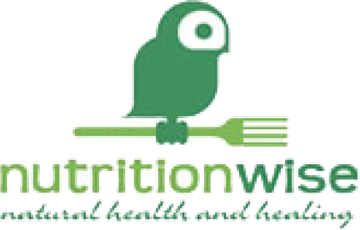Salvestrols - Natural Health Rescue Supplements
Buy Salvestrols online here
The Power of Fruit, Beyond Antioxidants
Salvestrols are natural compounds in the diet which are converted inside diseased cells, by a specific enzyme, into compounds that can destroy the diseased cell. They are part of a natural rescue mechanism and may be essential to maintain good health.
"Probably the most significant breakthrough in nutrition since the discovery of vitamins!"
Professor Dan Burke
Salvestrols at Work
What do Salvestrols do?
Cells in the body use Salvestrols to help correct themselves when things go wrong. They are like the cell's own police force helping to ensure the cell functions correctly. The sorts of situations where the body would normally use Salvestrols are those in which the body for some reason turns on itself and which generally cause inflammation.
There seems to be some relationship between the increase in the incidence of these "modern day" conditions over the past 100 years and the gradual diminution in the presence of Salvestrols in the diet. Antioxidants strive to protect our cells from DNA damage but are ineffective once the damage is done.
Salvestrols work beyond antioxidants by eliminating the damaged cells, and only the damaged cells. Since we all have damaged cells in our bodies, taking Salvestrols helps us heal ourselves before a sufficient accumulation can make us sick.
The scientists who discovered Salvestrols have surmised that the gene which expresses the enzyme that uses the Salvestrols first appeared around 150 million years ago. So the body has been using this protective mechanism since human life evolved, but we are now depriving it of these essential nutrients as a result of our eating habits and the modern methods of food production.
In fact, the body finds Salvestrols so important that they escape the first attempts of the liver to remove them from the body — a process known as first-pass metabolism. This need for the body to hold on to these compounds for as long as possible caused the scientists who discovered them to call them Salvestrols from the latin word salve (to save).
How safe are Salvestrols?
Because Salvestrols were so prevalent in our diet historically they are very safe. But the scientists who discovered Salvestrols have performed many safety tests — not on animals, but in human cell lines, and they have identified that the body needs a minimal level of Salvestrols to enable it to perform correctly. Salvestrols and Diet Research suggests that Salvestrols are produced by plants in response to fungal infection, and are therefore most present at the sites where fungi are likely to attack. In fruits, this means on the skin, as the fruit is ripening.
Salvestrol compounds are also present on the surfaces of the roots of many plants, as the roots are continually under threat from fungi in the soil. It is estimated that we consume today about 10-20% of the Salvestrols which would have occurred in the diet 100 years ago. So, even though we are being urged to eat more fresh fruit and vegetables, unless you eat organic you are unlikely to get sufficient Salvestrols from your diet.
The levels of Salvestrols in a typical "5 portion a day" basket of non-organic fruit and vegetables from a supermarket have been measured and found to contain only 10% of the estimated daily dietary requirement. So eating adequate amounts of commercially available fruit and vegetables will not provide the essential nutrients the body needs.
Even an organic diet may be inadequate since the varieties of fruit and vegetable commercially available may be types that are low in Salvestrols. It can be difficult to find food that is high in salvestrols. Different salvestrols are found in varying concentrations and levels of biological activity in fruits like strawberries, oranges, grapes and even cocoa. There are over 550 varieties of oranges, over 200 varieties of strawberries and grapes, and 450 varieties of cocoa bean! All with different levels of Salvestrols, and each with different levels of biological activity.
Examining other likely sources of Salvestrols in the western diet, such as fruit juices, other beverages and processed foods, Salvestrols were again found to be largely absent. In the case of some fruit juices where they should have been present, for example in cranberry juice, it was discovered that the Salvestrols were removed during processing in order to make the product taste sweeter, as most Salvestrols have a sharp or bitter taste.
So, it is currently very difficult to get an adequate intake of Salvestrols without taking a supplement but researchers are working with farmers and agronomists to establish growing conditions that can ensure high levels of Salvestrols in crops. They are also producing a directory of organic foods rich in salvestrols so that people can balance their intake of Salvestrols through a combination of diet and supplementation. In the meantime, Professor Potter has developed a Red and Green Diet which may be helpful to design an organic diet naturally rich in Salvestrols.
Salvestrol Products
The ingredients in our products are 100% natural and contain extracts of blackberry, blueberry, strawberry and tangerine peels. None of the fruit used in our products has been genetically modified or treated with pesticides or anti-fungal agents, and all products are encased in vegetable capsules.
- Convenient
- Selective
- Potent
- Safe

